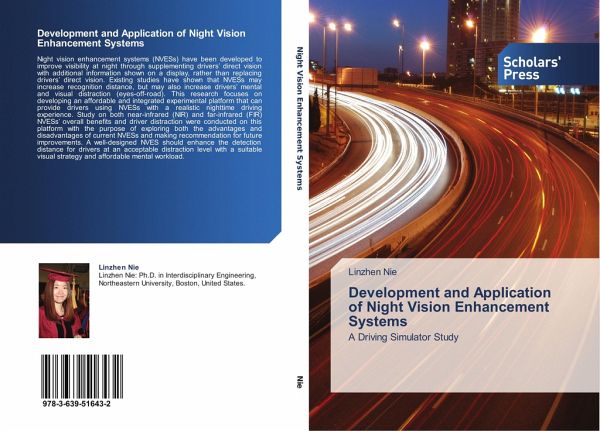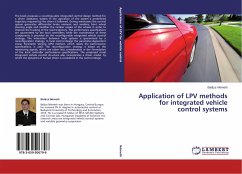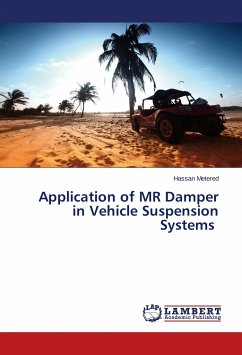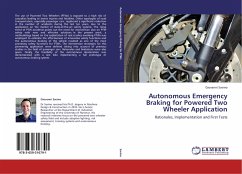
Development and Application of Night Vision Enhancement Systems
A Driving Simulator Study
Versandkostenfrei!
Versandfertig in 6-10 Tagen
53,99 €
inkl. MwSt.

PAYBACK Punkte
27 °P sammeln!
Night vision enhancement systems (NVESs) have been developed to improve visibility at night through supplementing drivers direct vision with additional information shown on a display, rather than replacing drivers direct vision. Existing studies have shown that NVESs may increase recognition distance, but may also increase drivers mental and visual distraction (eyes-off-road). This research focuses on developing an affordable and integrated experimental platform that can provide drivers using NVESs with a realistic nighttime driving experience. Study on both near-infrared (NIR) and far-infrare...
Night vision enhancement systems (NVESs) have been developed to improve visibility at night through supplementing drivers direct vision with additional information shown on a display, rather than replacing drivers direct vision. Existing studies have shown that NVESs may increase recognition distance, but may also increase drivers mental and visual distraction (eyes-off-road). This research focuses on developing an affordable and integrated experimental platform that can provide drivers using NVESs with a realistic nighttime driving experience. Study on both near-infrared (NIR) and far-infrared (FIR) NVESs overall benefits and driver distraction were conducted on this platform with the purpose of exploring both the advantages and disadvantages of current NVESs and making recommendation for future improvements. A well-designed NVES should enhance the detection distance for drivers at an acceptable distraction level with a suitable visual strategy and affordable mental workload.












